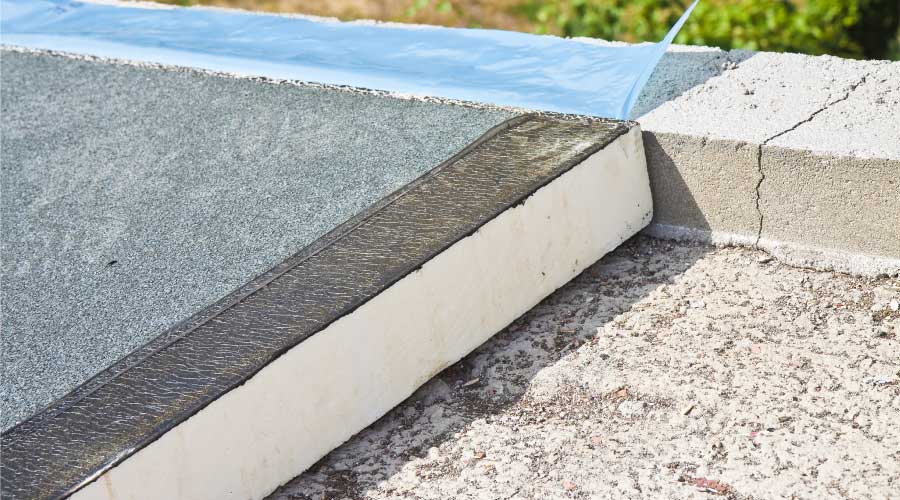Building Operations Are First Place to Look to Improve Energy Performance
Facility managers looking to improve the energy performance of their facilities have an ever-increasing number of technological innovations, new design concepts and more efficient equipment to choose from.
While these things definitely make it easier to be more energy efficient, the fact remains that no matter how good a piece of equipment is, no matter how well a building is designed and no matter how much money is spent, all it takes is one override of the HVAC controls to throw off energy efficiency efforts. Facility managers looking to wring the most energy out of their buildings should start by looking at the day-to-day operations, where a number of areas tend to offer substantial savings, many of them requiring little or no up-front financial investment.
When it comes to getting these efforts off the ground, experts say that the key to efficient operations is looking closely at each aspect of how the building is run and exploring how to improve it. By making changes such as improving BAS/EMS programming, changing operating schedules to match more closely with need and paying close attention to data, facility managers can ensure their buildings are being run in the most efficient manner possible.
Getting Started
First, look at operations from a big-picture perspective. Night visits to the building are a good starting point, because they often reveal where the operations schedule is breaking down.
Allan Skodowski, senior vice president, LEED and sustainability, Transwestern, says that when Transwestern was brought in to help a suburban Milwaukee school figure out why its energy performance was so poor, it didn't take long to find a big problem.
The school had launched a massive effort to improve its Energy Star score from its starting point of 54. After spending more than $4 million on everything from boilers to lighting to all new automation, the Energy Star score went up to 55. Skodowski's team did a walkthrough and found more than 250 horsepower worth of fans running after hours due to incorrect programming.
"That (programming) change alone has taken them from a 55 to an 83," Skodowski says. "They're going to save about $40,000 this year in energy," compared to the budget, which was based on the usage expected when the school had an Energy Star score of 55.
Related Topics:














